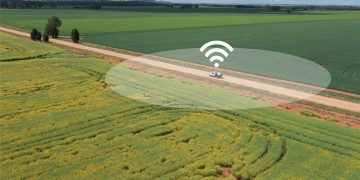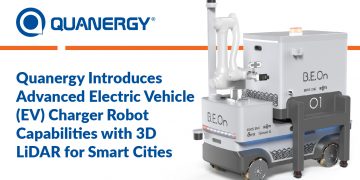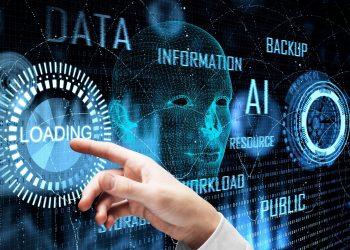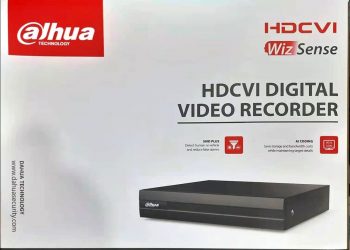At Microsoft, building a future that we can all thrive in is at the center of everything we do. On January 16, as part of the announcement that Microsoft will be carbon negative by 2030, we discussed how advances in human prosperity, as measured by GDP growth, are inextricably tied to the use of energy. Microsoft has committed to deploy $1 billion into a new climate innovation fund to accelerate the development of carbon reduction and removal technologies that will help us and the world become carbon negative. The Azure IoT team continues to invest in the platforms and tools that enable solution builders to deliver new energy solutions, customers to empower their workforce, optimize digital operations and build smart, connected, cities, vehicles, and buildings.
Earlier, Microsoft committed $50 Million through Microsoft AI for Earth that provides technology, resources, and expertise into the hands of those working to solve our most complex global environmental challenges. Challenges like helping customers around the world meet their energy and sustainability commitments. Our partnership with Vattenfall illustrates how we will power new Swedish datacenter locations with renewable energy and our partnership with E.ON who manages low-voltage distribution grids is challenging the limits of traditional technology for low-voltage distribution grids through an inhouse IoT platform based on Microsoft Azure IoT Hub.
Over the past few years, our engineers have had the pleasure to connect with and learn from a large ecosystem of energy solution builders and customers that are proactively shifting their consumption priorities. Transmission system operators (TSOs) are focused on transforming grid operations while distribution system operators (DSOs) and utilities are approaching their customers with new solutions, and all participants are requesting better, more accurate, more secure data.
As millions of new electric vehicles are entering our roads, new challenges arise around the transformation of the energy grid that moves us in our daily commutes. At the heart of these transformations are solutions that help energy providers get connected, stay connected, and transform their businesses through devices, insights, and actions.
Late 2019, we announced updates to Azure IoT Central to help solution builders move beyond proof of concept to building business-critical applications they can brand and sell directly or through Microsoft AppSource. Builders can brand, customize, and make their own apps using extensibility via APIs, data connectors to business applications, repeatability, and manageability of their investment through multitenancy and seamless device connectivity. Two IoT Central energy app templates for solar panel and smart meter monitoring already help energy solution builders accelerate development.

for developers and enthusiasts







